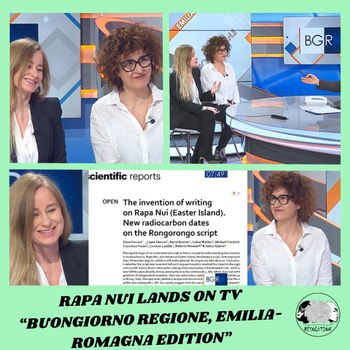
Another important stage for the multidisciplinary research that led to discover new pieces of information about the Rongorongo local script. Click the following link to have a look at it!
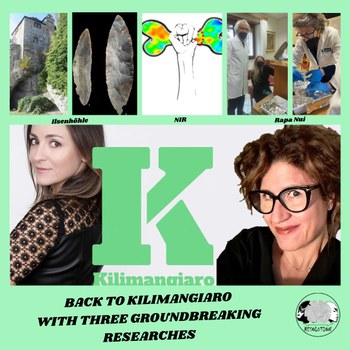
Very important, diverse and rich interview by Camila Raznovich about three groundbreaking researches. No worries, you can re-watch it on Raiplay by clicking the link.
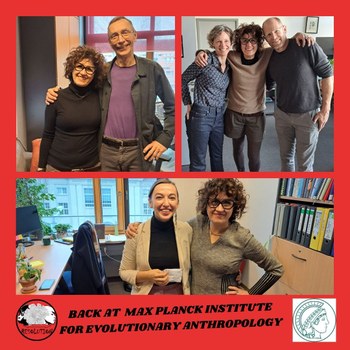
Thanks to all the stunning researchers, Mateja Hajdinjak, Tracy Kivell, Matthew Skinner, Philipp Gunz and, of course, the Nobel prize winner Svante Pääbo for the stimulating and inspiring talks.
First low tide of the year means first walks on the Furadouro beaches looking for fossil trees to sample. Did it actually happen? Take your time and have a look to some pictures taken during last trip!
.jpg)
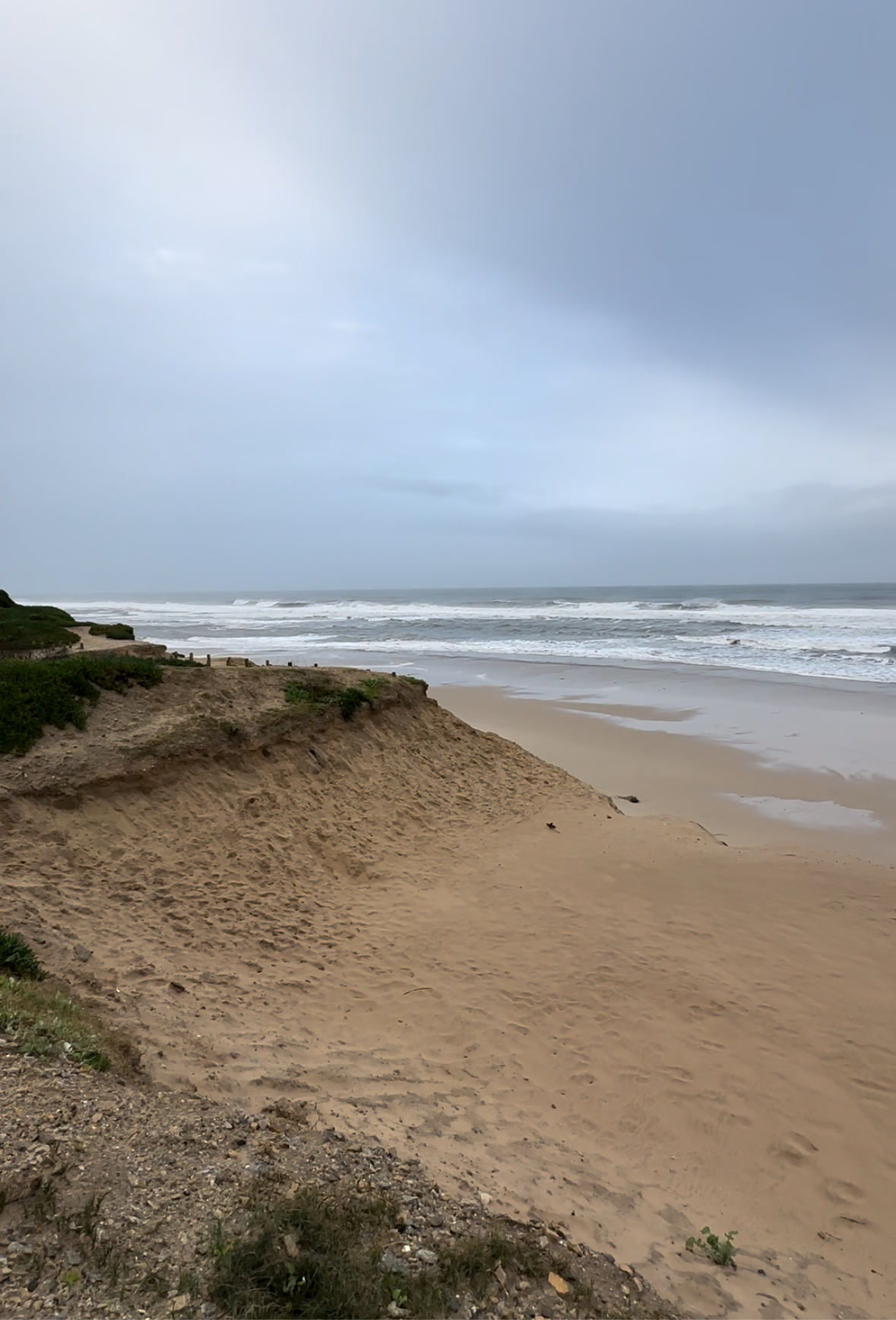


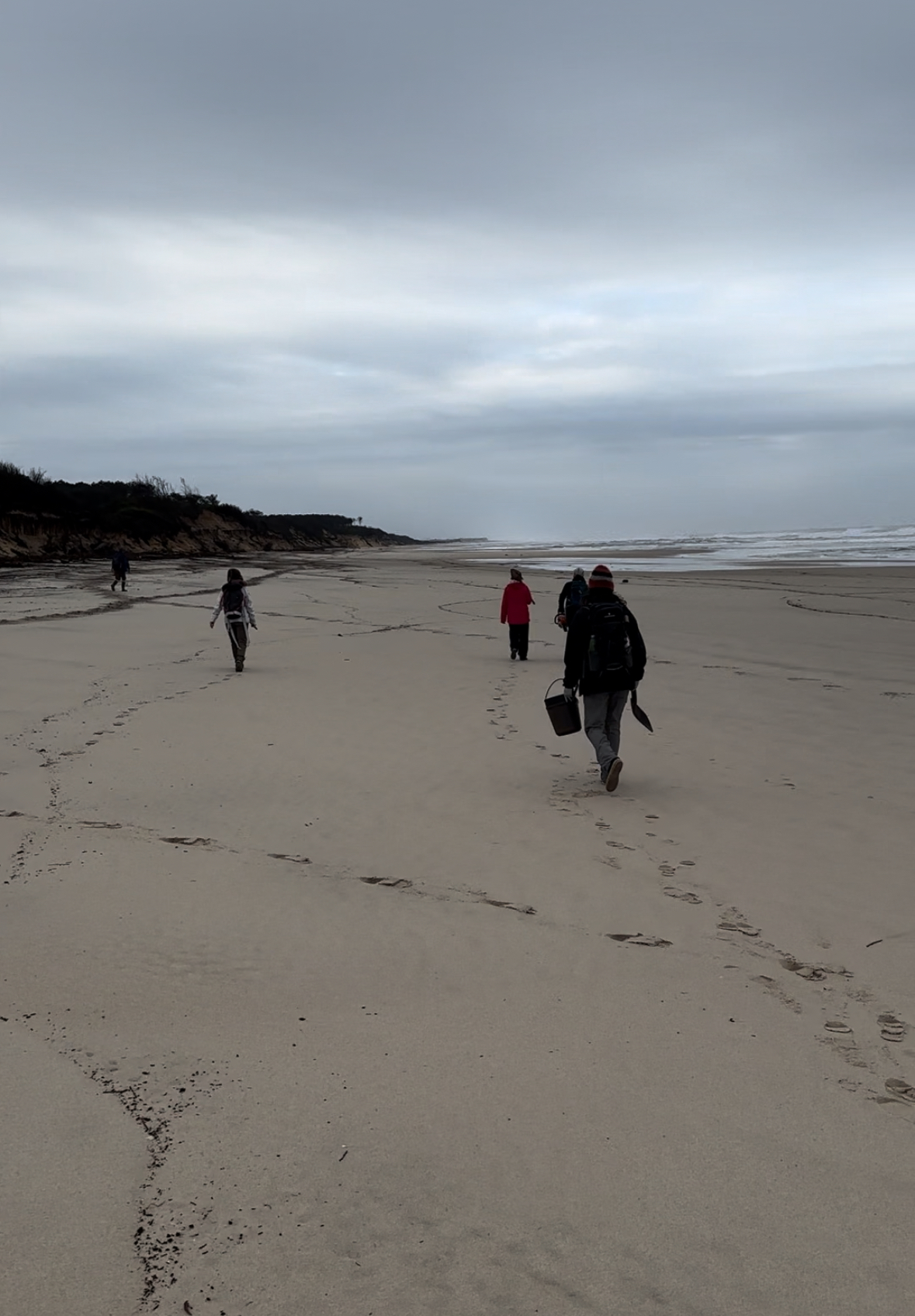
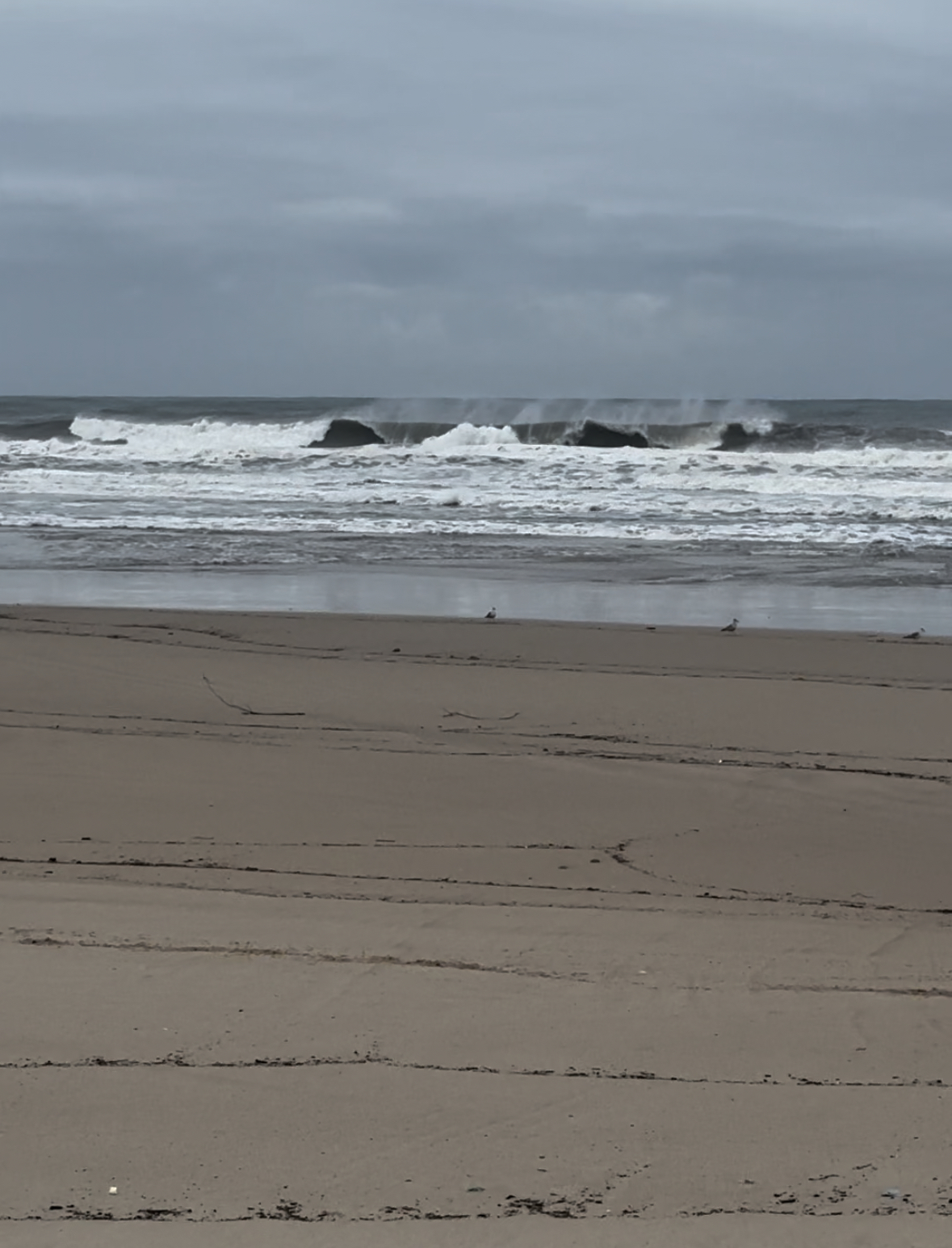
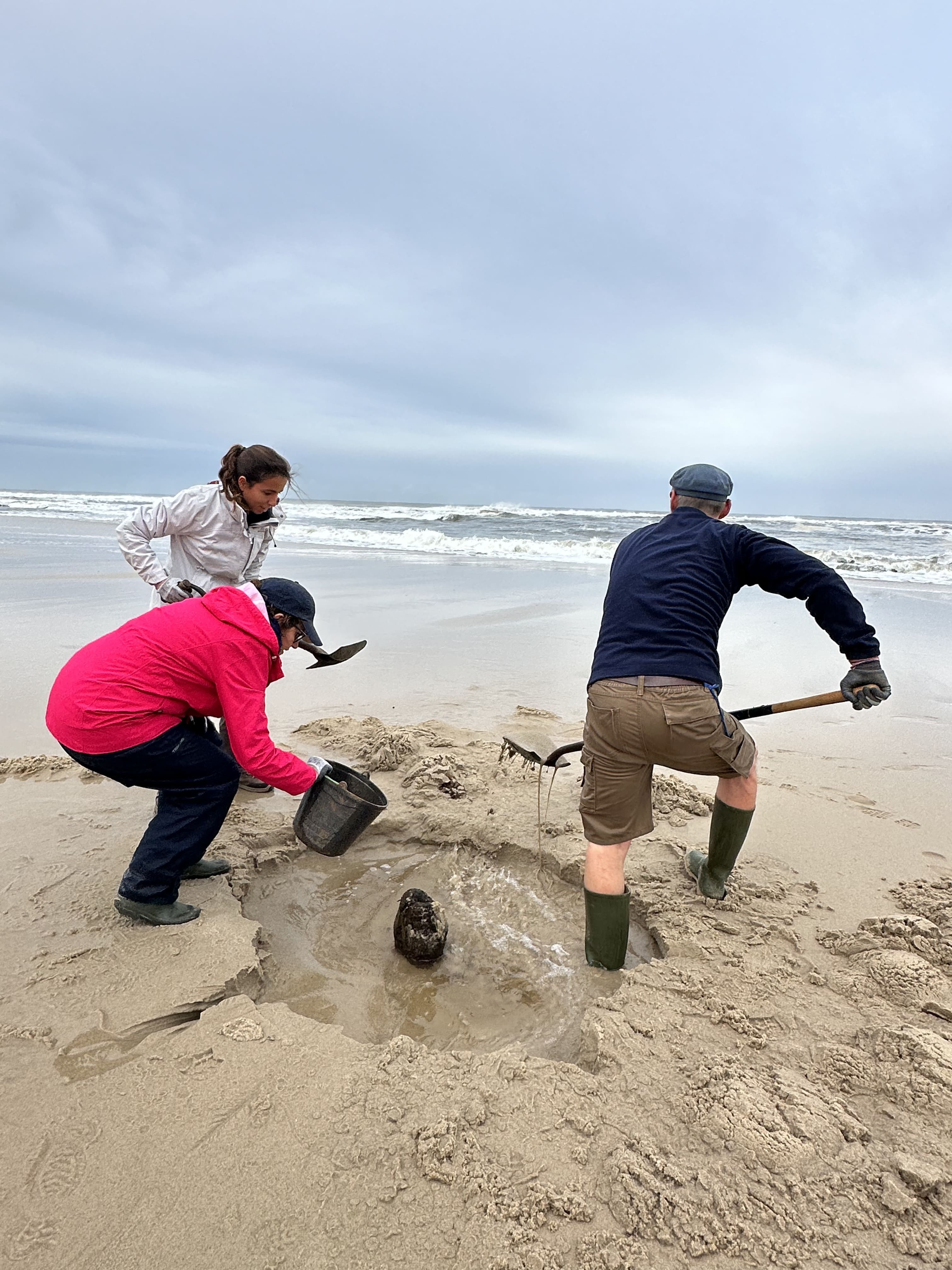
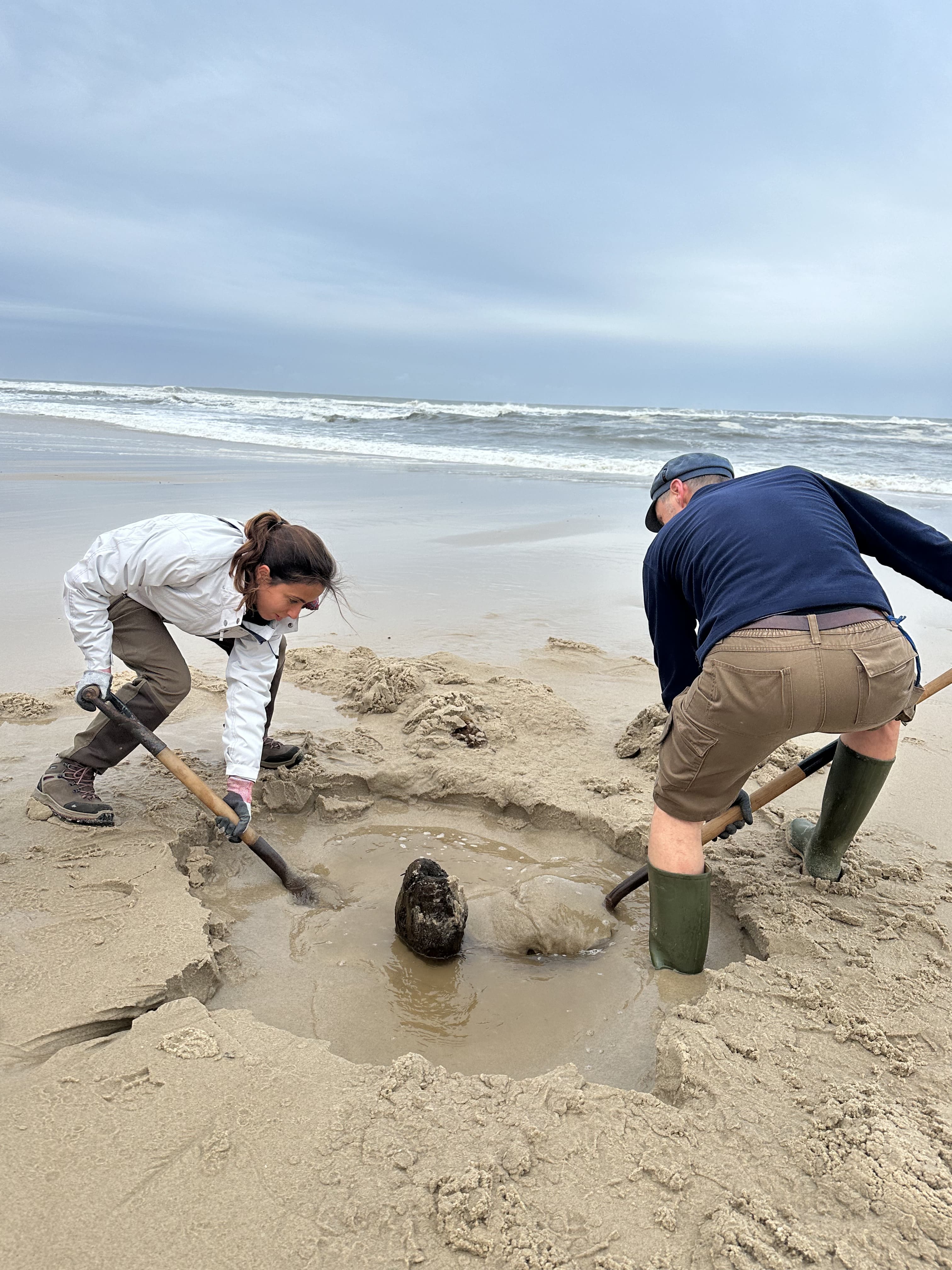
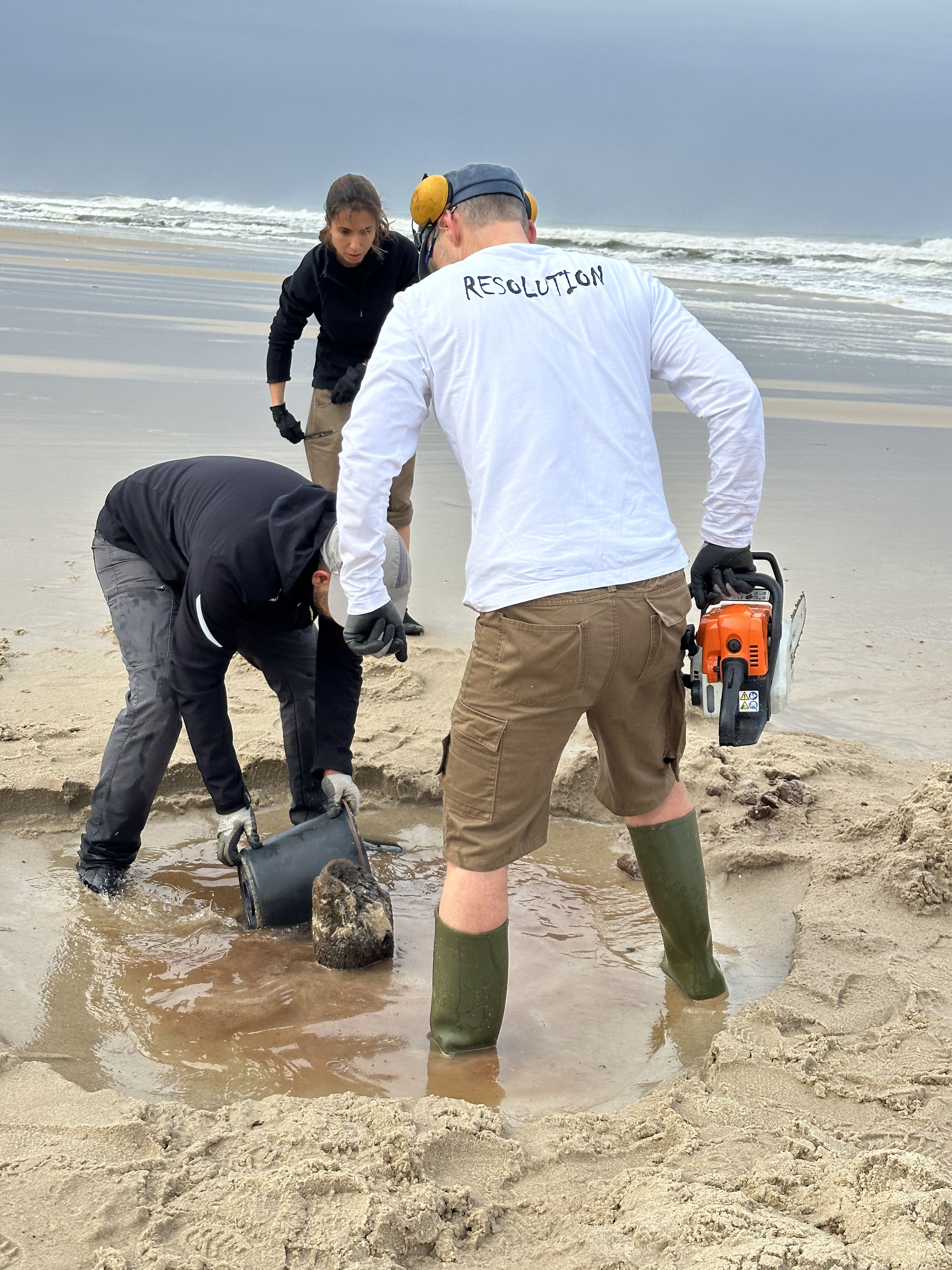

.jpg)
.jpg)
.jpg)
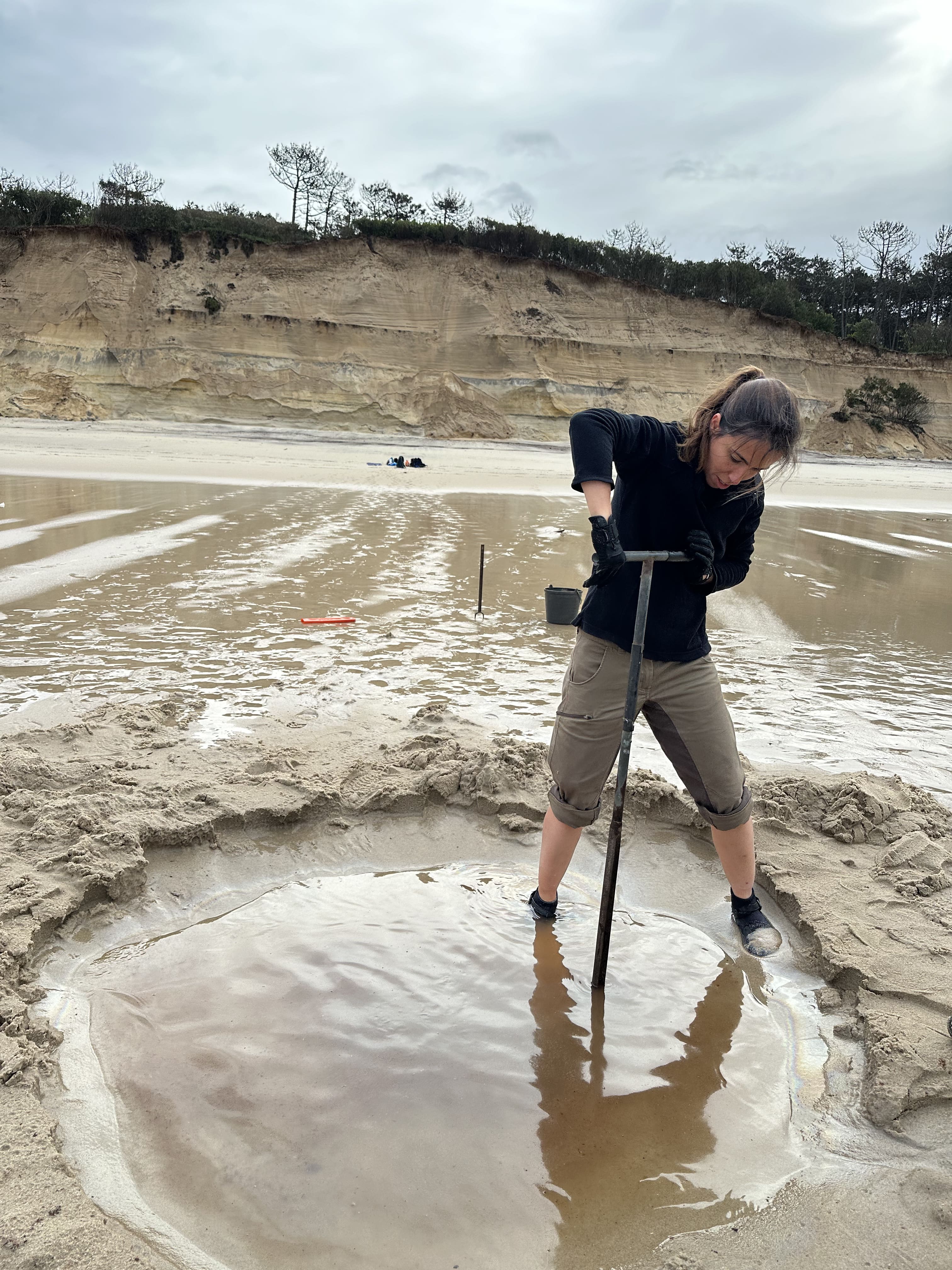
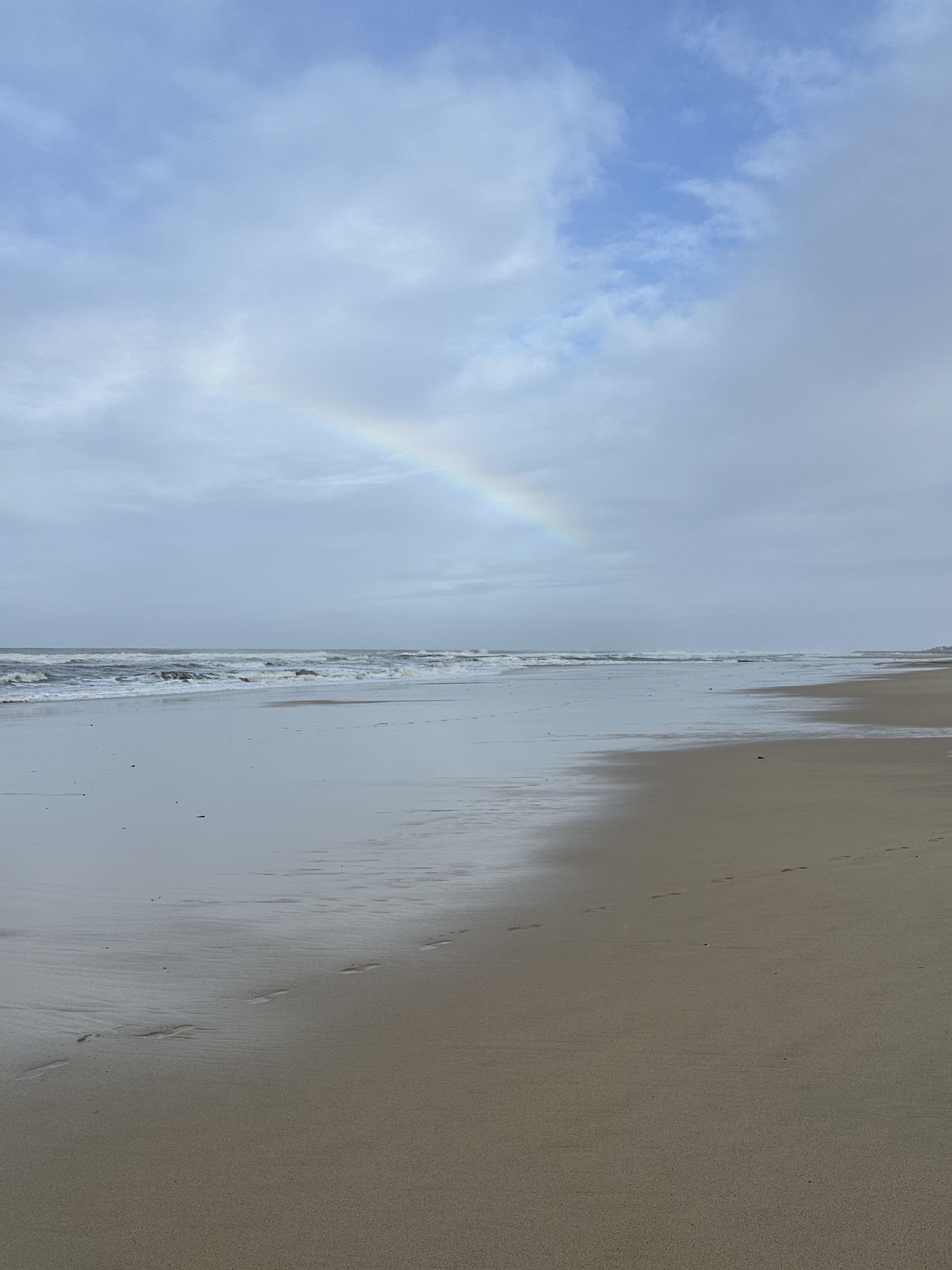
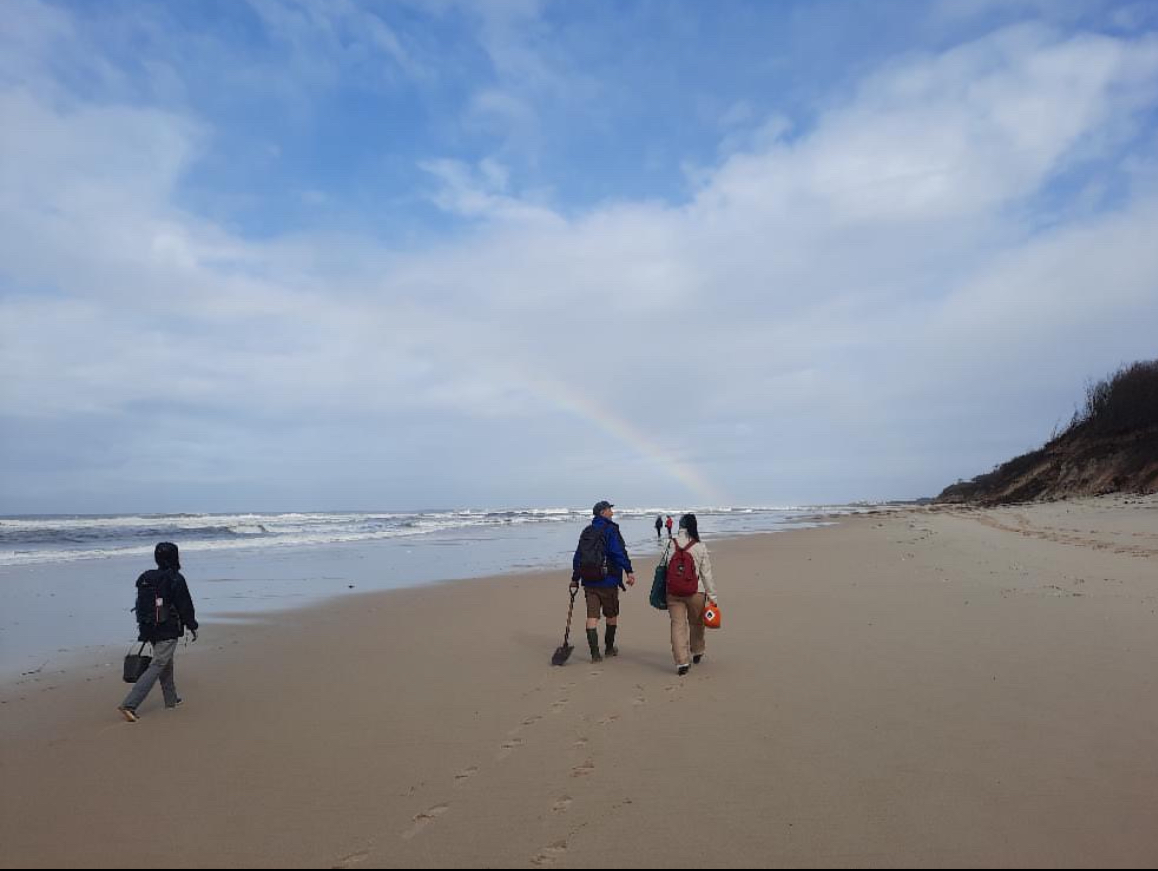
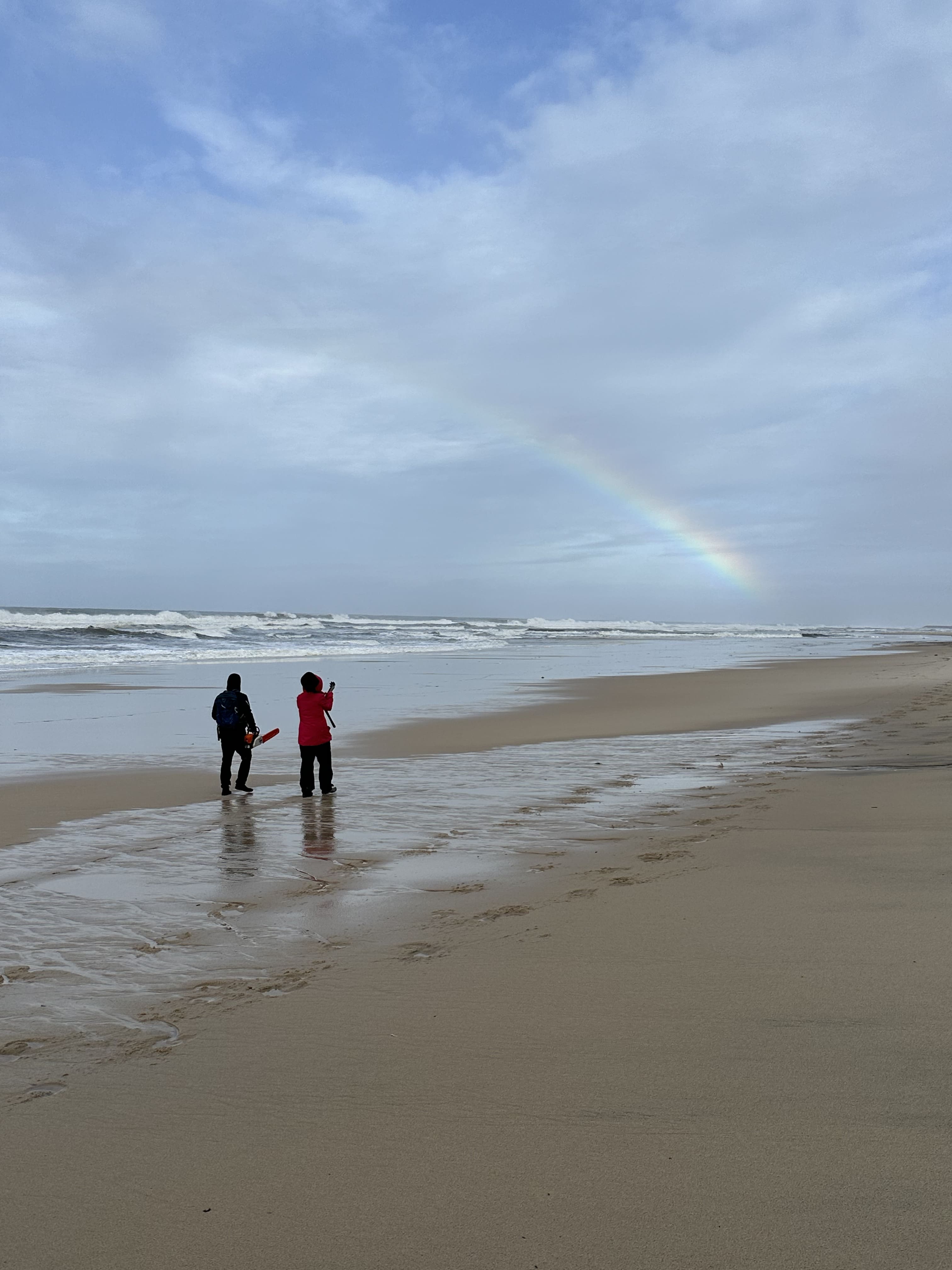
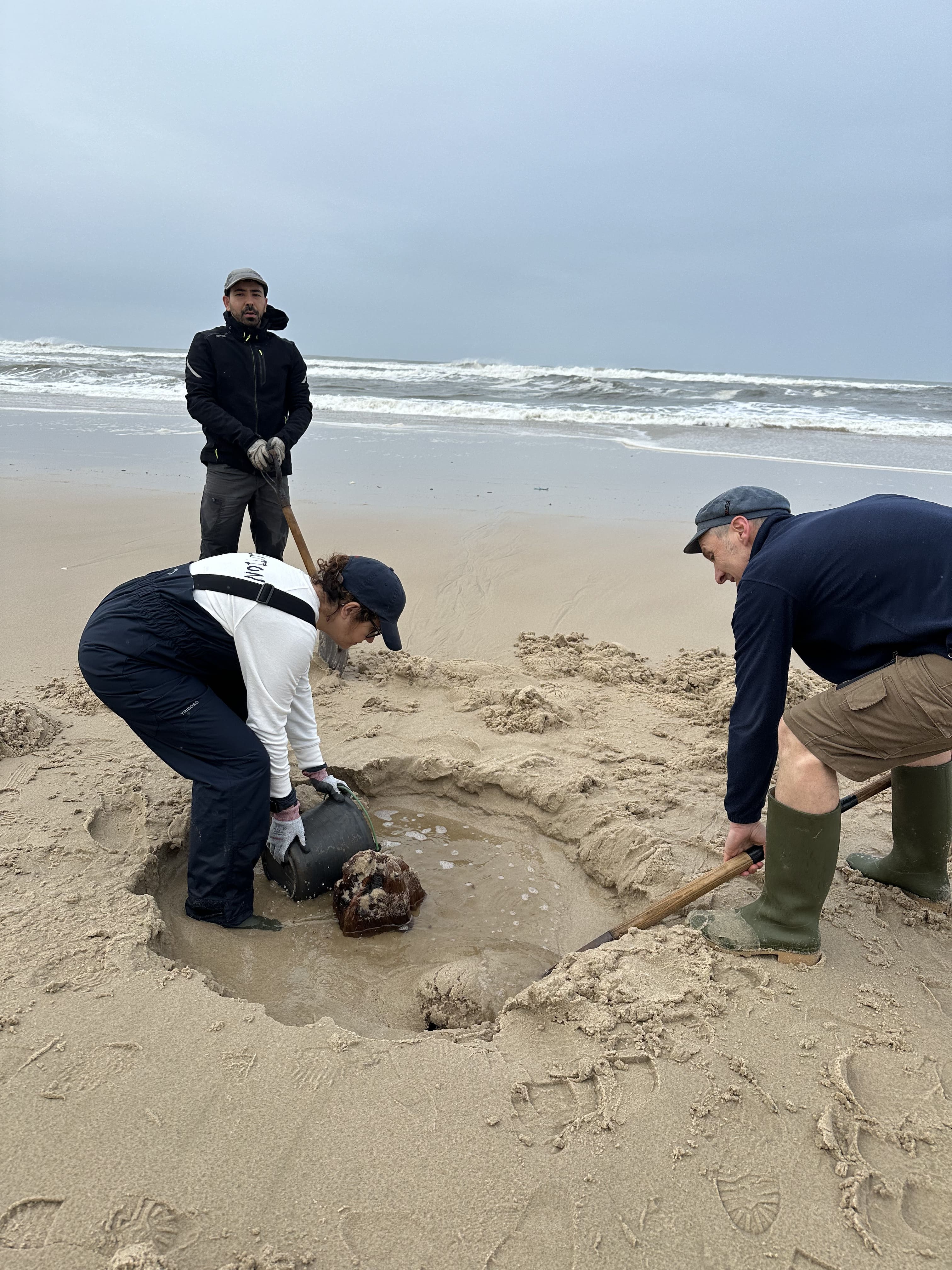
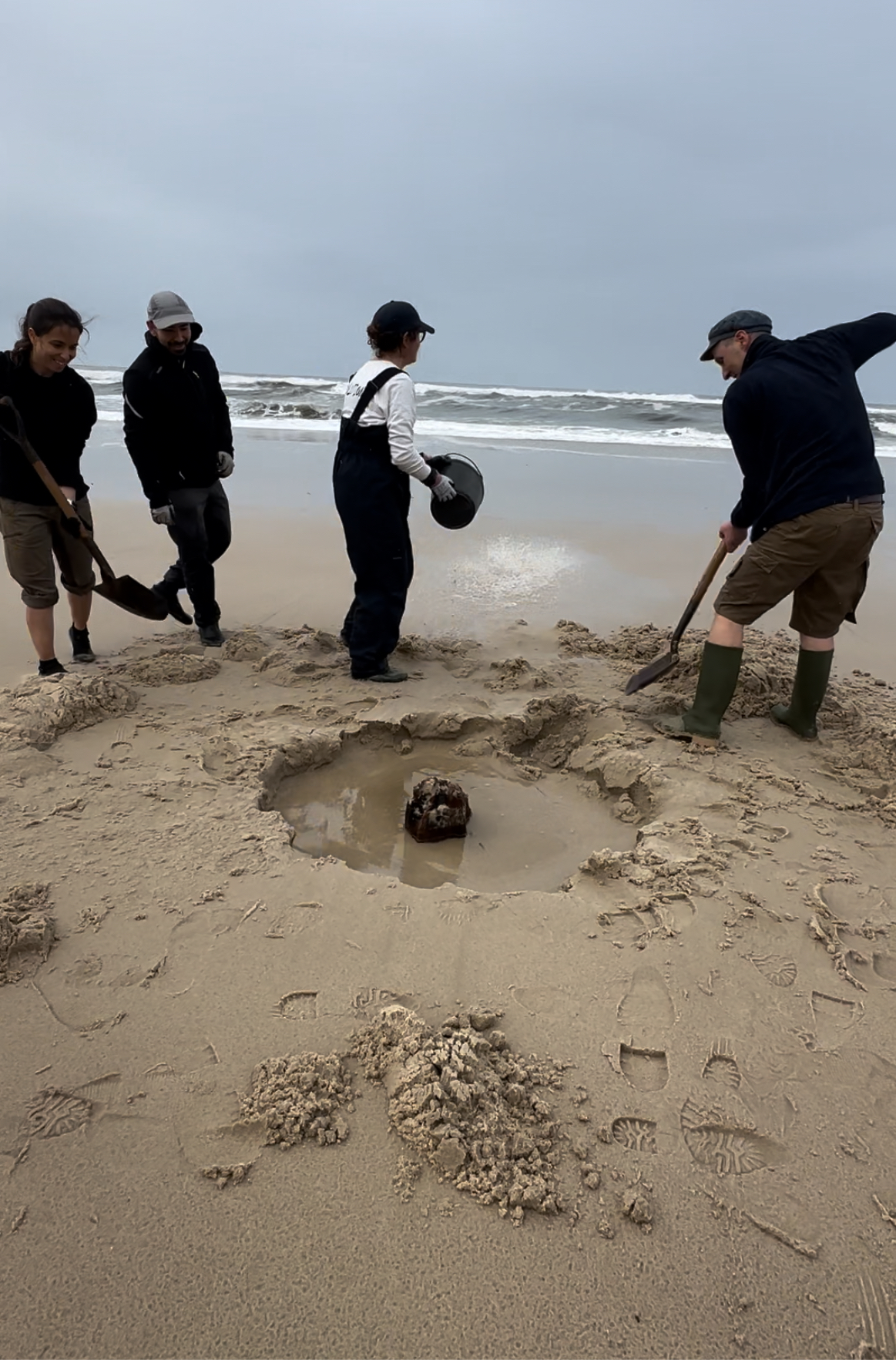
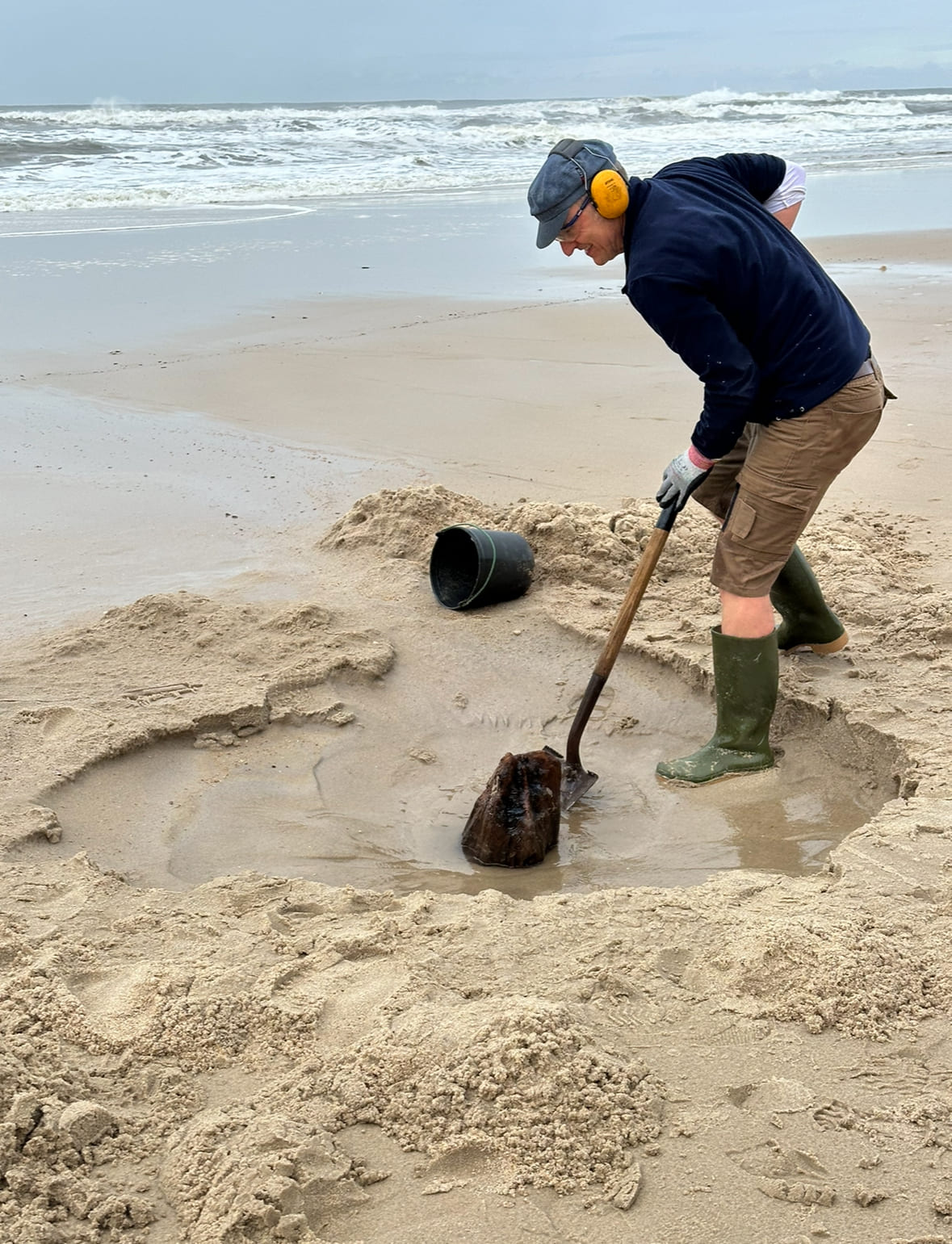
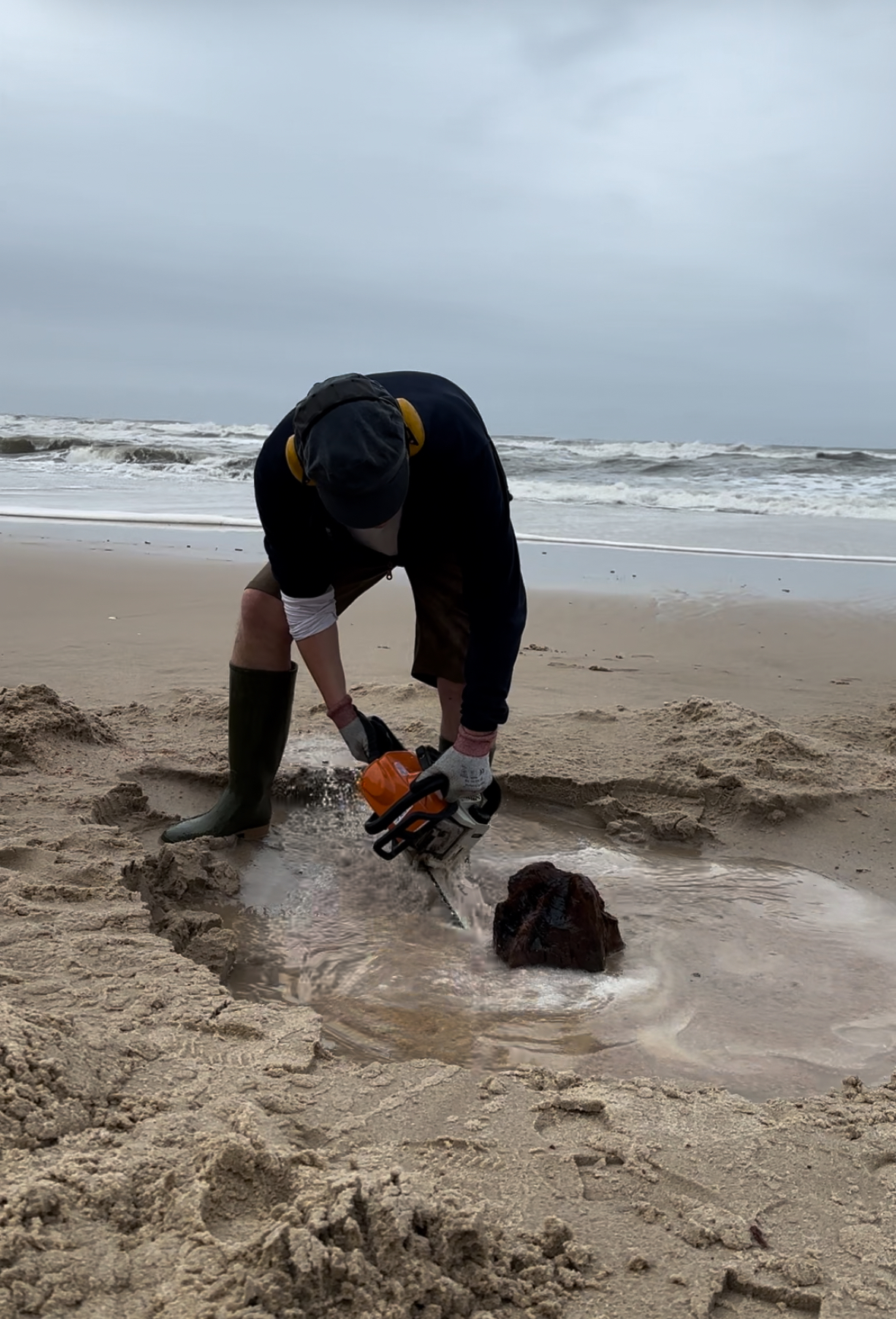
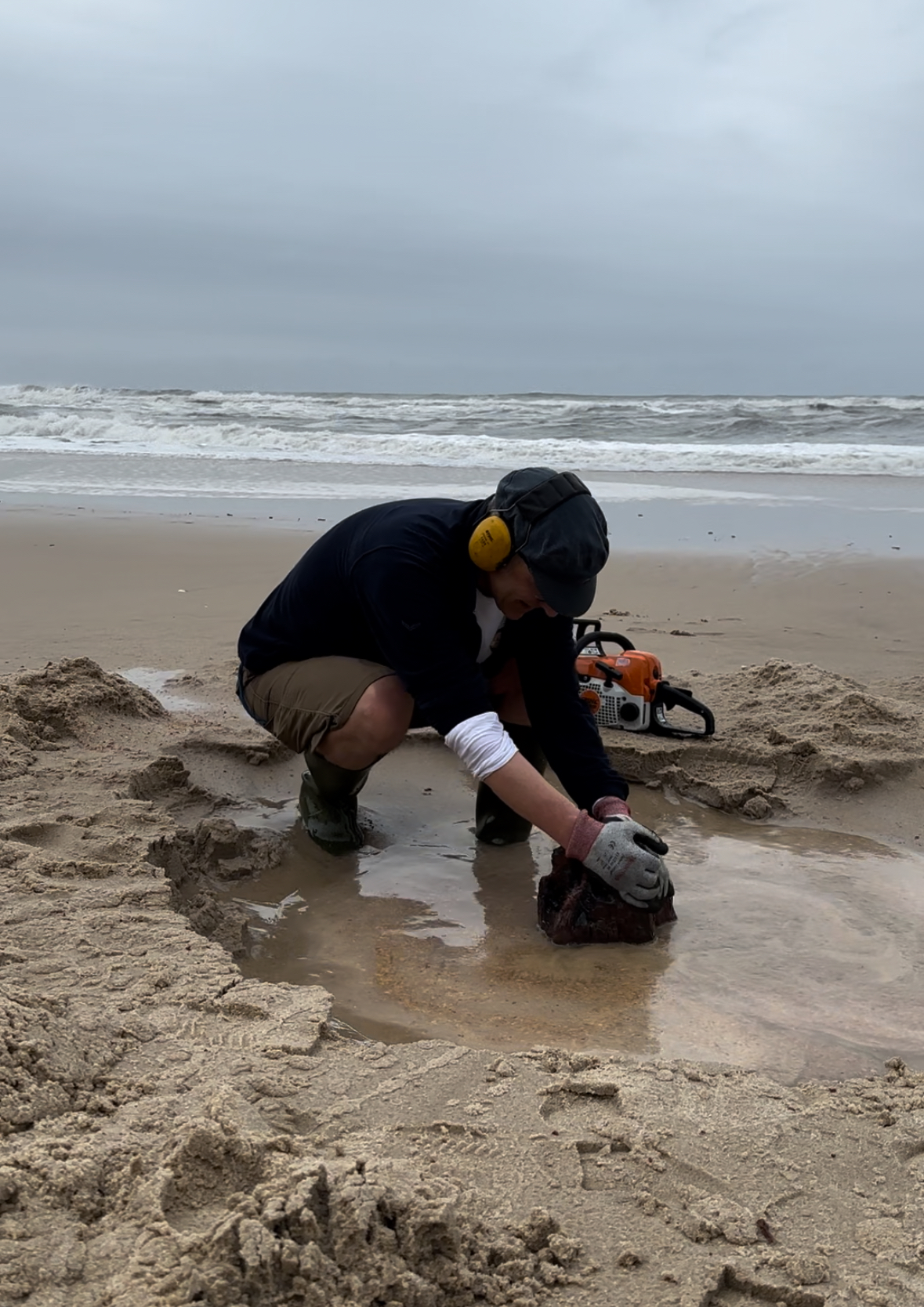
.jpg)
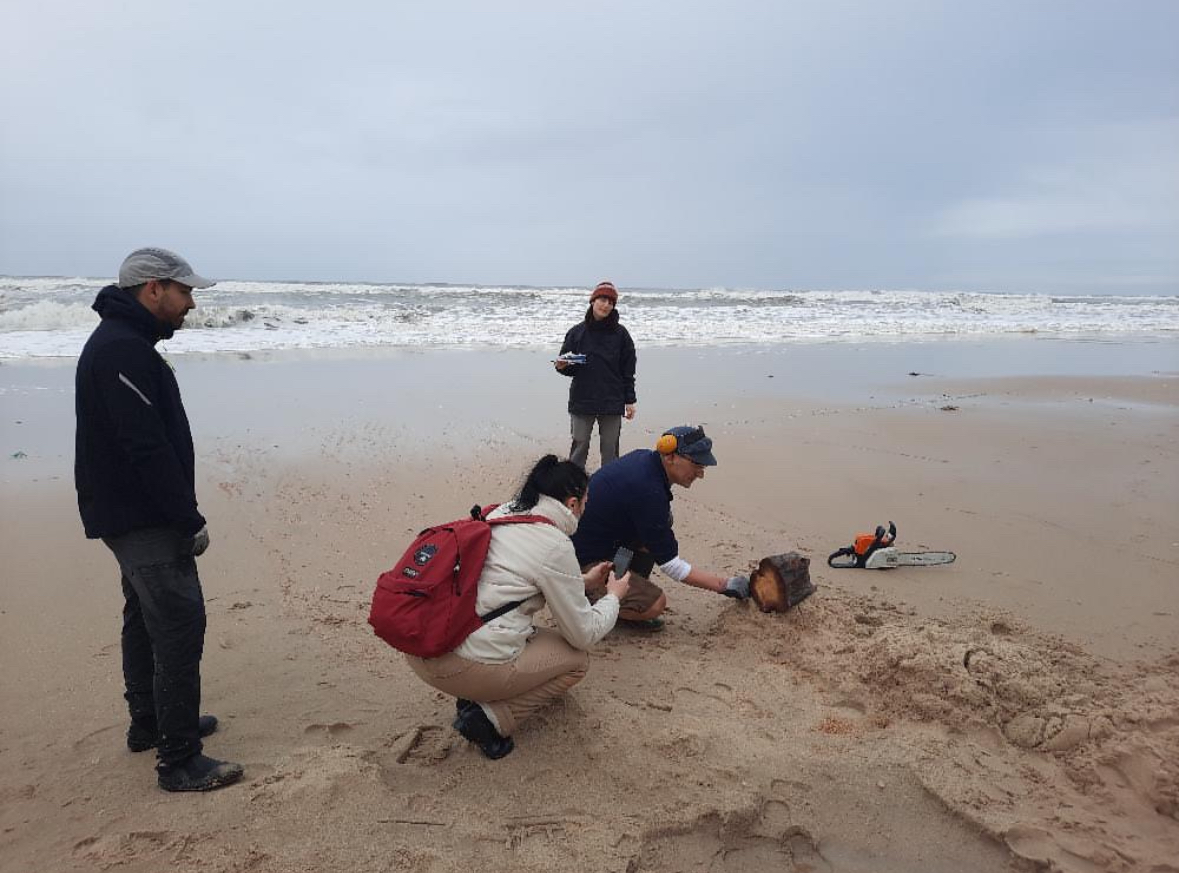
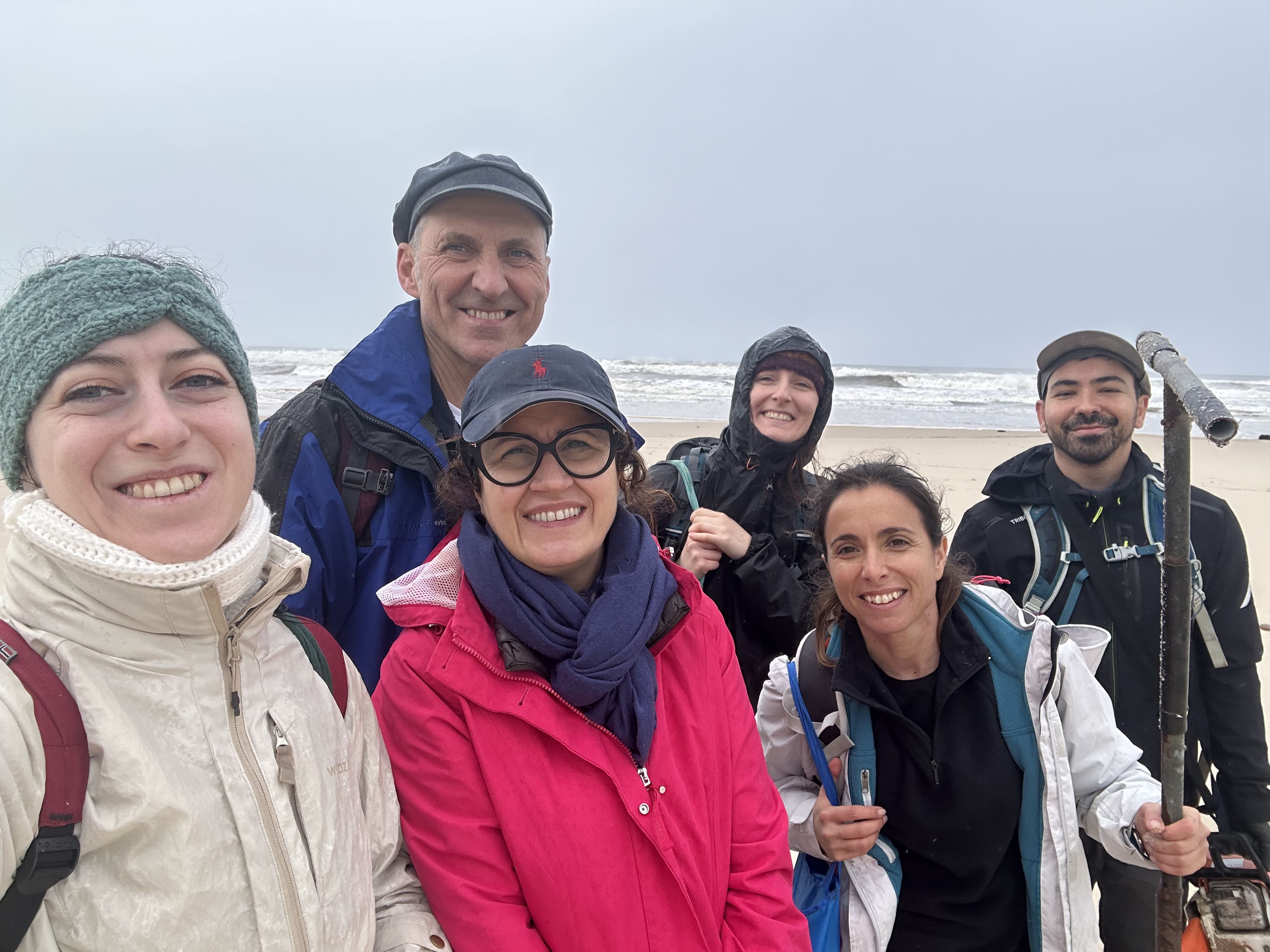
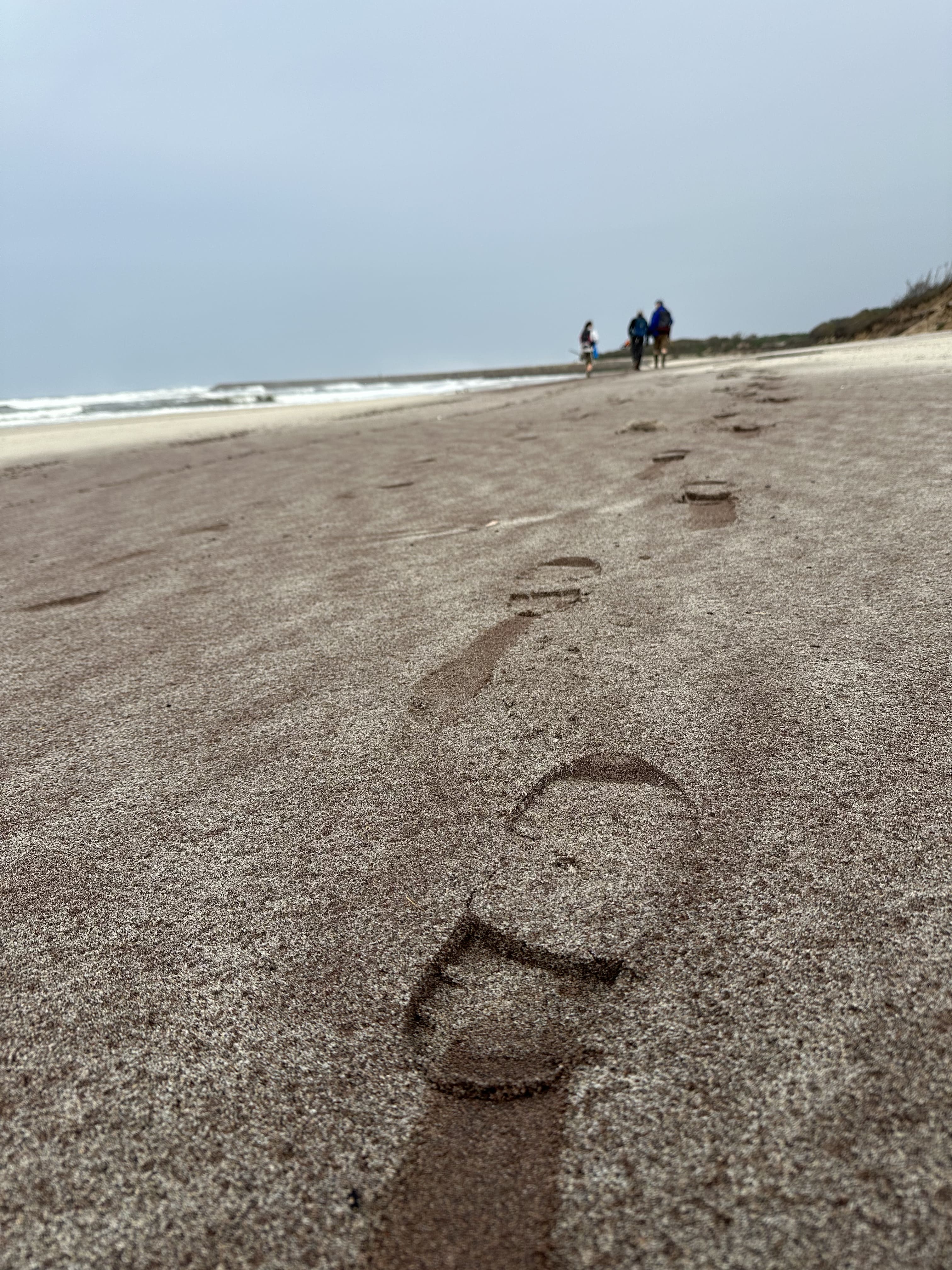

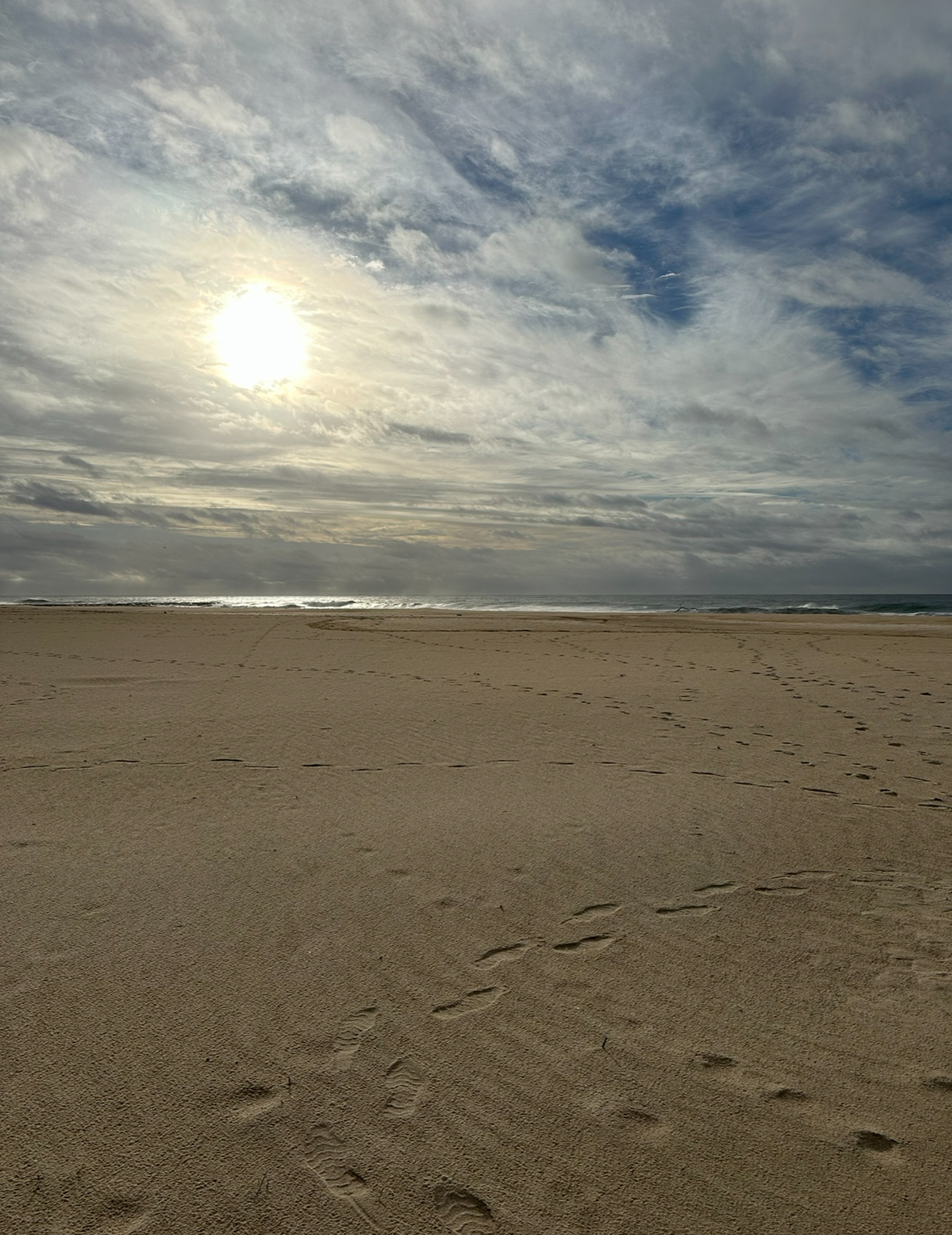
.jpg)
.jpg)

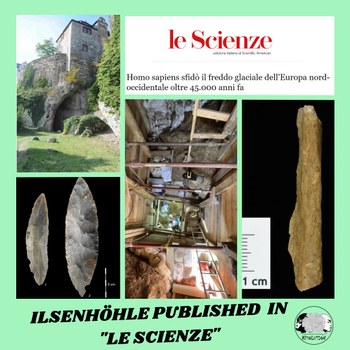
Click the following link to get access to the whole article published in Le Scienze.
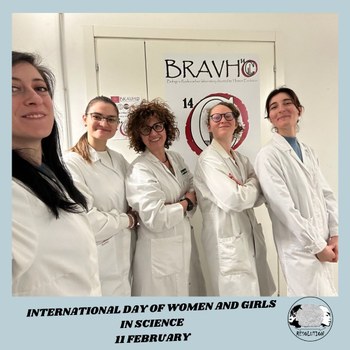
Proud to have received the great news that two of our papers have been selected and included in the Communications Chemistry Collection of researches carried out by women and published in the journal! Click the name of the journal to find out more about the Collection or click the paper titles below to directly reach (and read) them all!
Stable isotopes in the shell organic matrix for (paleo)environmental reconstructions
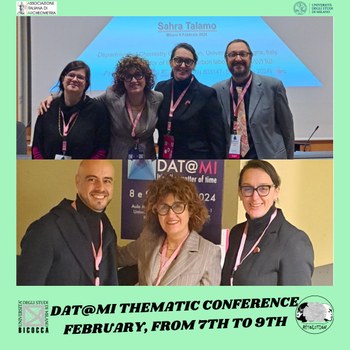
This thematic conference, held in Milan and organized by Associazione Italiana di Archeometria, Università degli Studi di Milano and Università degli Studi di Milano Bicocca, represented a fantastic opportunity to once more underline the importance of radiocarbon dating within Archaeology and Human Evolution. Click here to have a look at the full program of the conference.
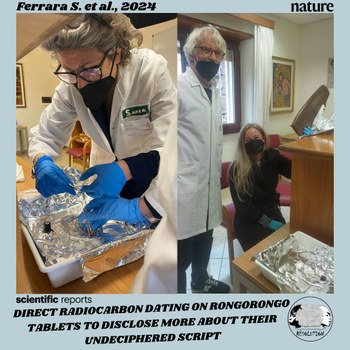
A multidisciplinary research, funded by ERC, now in Scientific Reports.
Another groundbreaking research, led by Sahra Talamo PI of ERC-RESOLUTION and Silvia Ferrara PI of ERC-Inscribe, unvealed something more about the origin of Rongorongo script from Rapa Nui (Eastern Island). Click here to find the full paper or read the abstract below ⤵️
Abstract
Placing the origin of an undeciphered script in time is crucial to understanding the invention of writing in human history. Rapa Nui, also known as Easter Island, developed a script, now engraved on fewer than 30 wooden objects, which is still undeciphered. Its origins are also obscure. Central to this issue is whether the script was invented before European travelers reached the island in the eighteenth century AD. Hence direct radiocarbon dating of the wood plays a fundamental role. Until now, only two tablets were directly dated, placing them in the nineteenth c. AD, which does not solve the question of independent invention. Here we radiocarbon-dated four Rongorongo tablets preserved in Rome, Italy. One specimen yielded a unique and secure mid-fifteenth c. date, while the others fall within the nineteenth c. AD. Our results suggest that the use of the script could be placed to a horizon that predates the arrival of external influence.
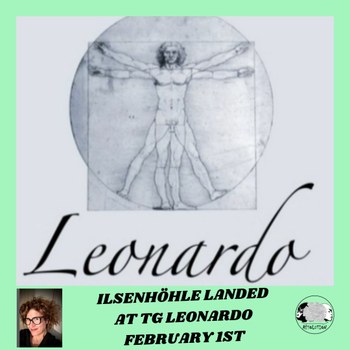
If you missed the interview to Sahra Talamo about radiocarbon dating on human bones from Ranis and the whole multidisciplinary research, click the following link and re-watch it on rainews!